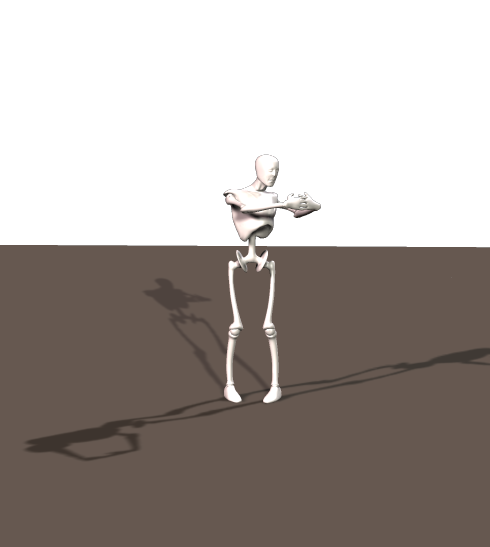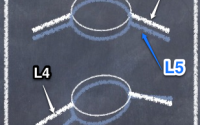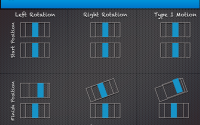Assessing Hip Mobility
On Monday, we looked at Hip Mobility in Cycling. It’s certainly an interesting thing to look at as it can have many causes and like almost anything else, does not have a single solution. Today, we’ll have a look at assessing off weight bearing and a 3D on weight bearing assessment.
Off Weight Bearing
Clearly, a thorough assessment to check elsewhere to make sure you are dealing with an MSK hip problem. Once I rule out other things and I’m satisfied that it’s the hip, I like to have a feel of the quality of the hip movement off weight bearing (OWB).
In supine you can take the hip through passive ROM. I’m looking for both the amount of range available how it feels. How does it feel at the end of range (EOR)? Often in these cases there’s a stiffness at EOR flexion. You can then explore the EOR, adding a little adduction/abduction, then internal/external rotation (IR/ER). See what kind of feel there is with the different combinations…gives you an idea of what is limited and how much gain you can make with treatment.
This takes no more than a couple of minutes, but it’s great to see how things are now and how it compares to what you see once you get them on their feet and moving.
On Weight Bearing
There’s a fair bit to do, so it’s best to keep it simple to start with. A quick pass through each of the moments and then you can dig a little deeper with anything that flags up as an issue.
Sagittal Plane
The simplest of starts…get them lifting their knees towards their chest and see what happens. Is there movement into ER or abduction? when does this happen?
Then a simple squat and single leg squat lets you see how things work under a bit of load. Have a look at left vs right (L/R) in the double leg squat and see if there’s any difficulty getting into flexion. Then compare that to their single leg squat. When there is less stability you can sometimes see the hip struggle more, tells you are little something about how to solve the problem 🙂
Again you are looking at what happens when you stress the flexion, do you get added movements? Does the pattern fit with what you’ve seen on the bike? Or with their pattern of symptoms?
Frontal Plane
A nice simple hip adduction assessment is to put your feet together, hands above your head and then reach/sway laterally as far as you can each side with your hands. Watch the reaction at the hips, how much movement R/L and do they bail out into rotation if one side is limited? This is really good to look out for and will be a good place to start when you start building a treatment plan.
You can get a bit more complicated here, if you want? Get the patient into a bit of flexion…use a step or box to bring one hip into flexion, then test out the frontal plane with the over head lateral reaches as before. See how that compares left to right and also how it compares to the more neutral stance.
Transverse Plane
To keep it simple, stand with arms out in front of you at chest height. Rotate your hands/arms left and right. Compare L/R for ROM. If it’s hard to see a difference, stand with your feet turned in towards each other and repeat the arm movements.
Like in the frontal plane, you can get unilateral assessment with a foot on a box/step. See what happens when you combine the IR/ER with flexion.
Bringing it Together
This is the information gathering part of the process. Everyone is different, so try and piece together what you see on the bike with what you see happening in the different planes of movement.
In the scenario we talked about on Monday, it was the knees moving laterally at the top of the pedal stroke that we looked at, so how does what you see in your assessment fit with that? Is there a marked lack of adduction or IR that is really stopping the flexion? If you find something like that you will have a lot more success getting the flexion back if you address the other restrictions first.
To finish off this little series, I’ll write about some possible scenarios and treatment strategies on Monday.
Physioblogger




